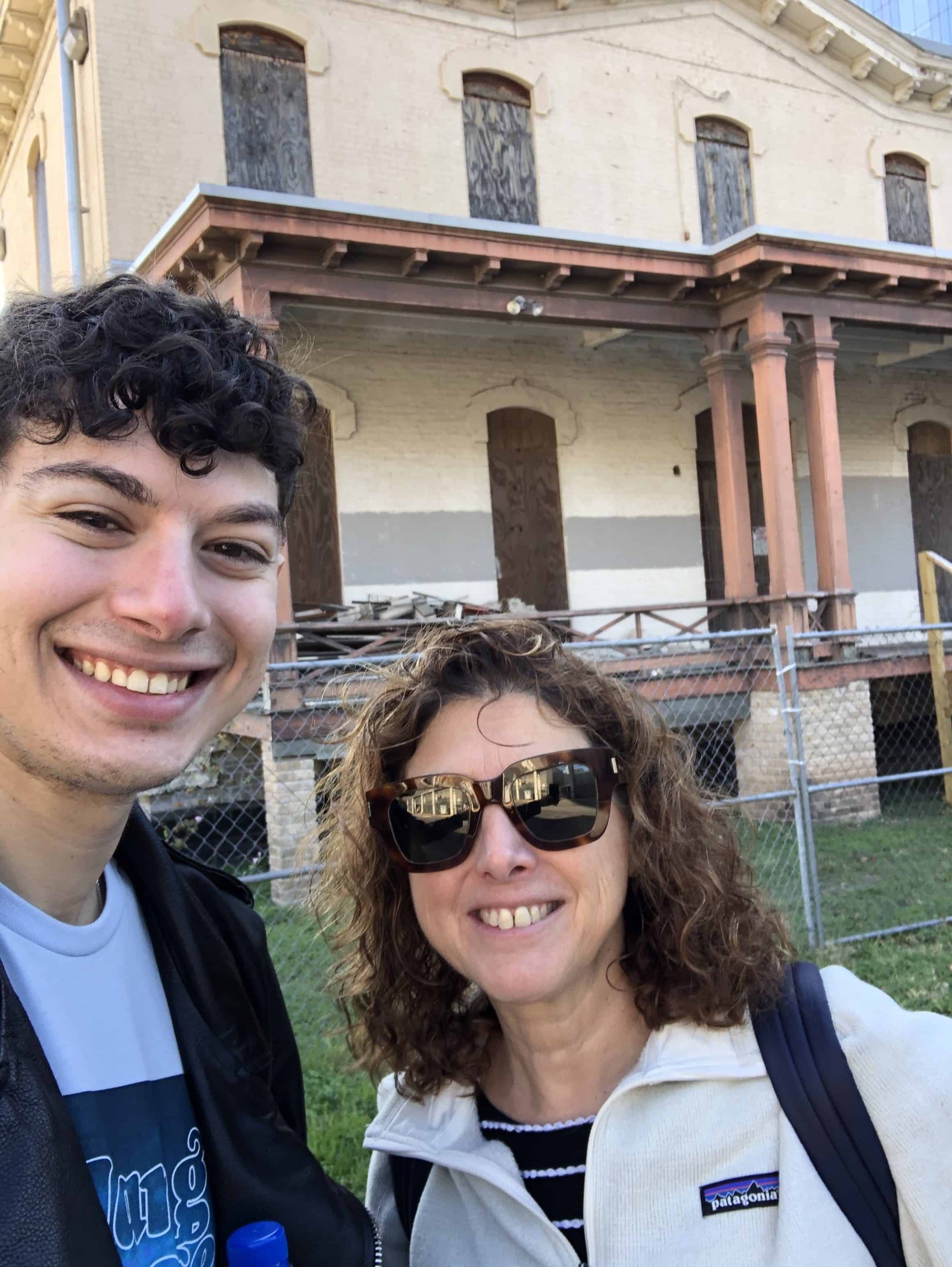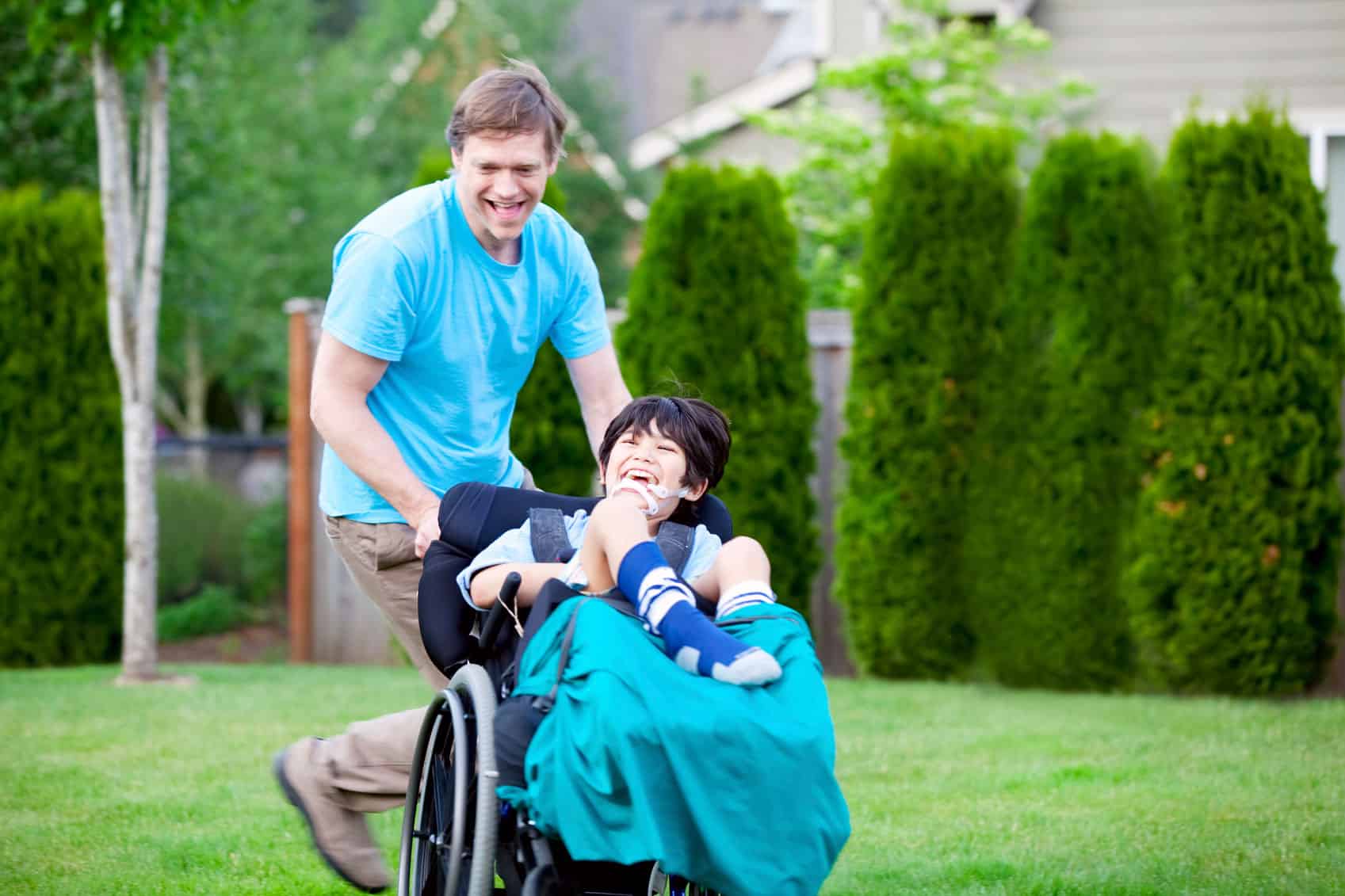Art professors Ren Hullender, Al Wildey discover 63 categories by analyzing 4,500 selfies
The world is having a love affair with selfies, the digital self-portraits usually taken with a mobile phone and uploaded to social networks such as Facebook or Instagram. This year alone, people will publish 880 billion self-portrait images.
Until now, only a handful of psychologists and sociologists have conducted research to explore the significance of selfies as a form of 21st century documentation, identity formation and meaning creation.
Central Michigan University professors of art and design Ren Hullender and Al Wildey have spent nearly a year analyzing approximately 4,500 Facebook profile photos, studying how selfies are reshaping the fine arts landscape as a popular and responsive photographic art form.
Although the term “selfies” was added to the Merriam-Webster dictionary this year, self-portraits have existed a long time, with Robert Cornelius having produced the first-known photographic selfie in 1839.
Hullender and Wildey’s research identified 63 different categories of selfies and five different ways people use their photos online to:
- convey personal appearance and looks;
- show where they are;
- show what they’re doing;
- show who they’re with; and
- showcase possessions.
Categories ranged from physical body parts such as legs or side profiles of faces, to children and even pets.
“Pets are very much a form of identity for some people,” Hullender said. “Pet photos used as profile pictures convey the message of ‘look at me, I’m like my cat, look at how cuddly I am’ or ‘look at how well I take care of my animal, this says I’m caring and considerate.’”
Hullender and Wildey’s research has redefined the selfie as a complex, multidirectional photographic document that serves as a person’s mark of his/her individual brand.
“People take selfies as a way to create meaning and understanding of how they fit into the world around them,” Hullender said. “Making and publishing selfies is less about sharing and more about personal identity formation in a broad, public venue. The selfie has become a rapid, outward-directed and trend-responsive means for an individual to explore a wide range of peer-reviewed, temporal identities in a time of change and uncertainty.”
Hullender and Wildey will present a preliminary overview of their findings at 7 p.m. Oct. 23 in CMU’s Education and Human Services Building French Auditorium. All are welcome to attend and there is no cost for admission.
A full review of their research was presented on Oct. 30 at the International Conference on the Image in Berlin, Germany.
Related content
In conjunction with this research, Wildey recently helped open the “Photography: Processes, People and Preservation” exhibit at the Clarke Historical Library that showcases where photography has come from and where it is today, and how advances in digital photography have changed ways that artists can communicate images’ meaning.
Central Michigan University’s free “Photography: Processes, People and Preservation” exhibit will be open daily from 8 a.m. to 5 p.m. through January 2015. Contact the Clarke Historical Library at 989-774-3352 or [email protected] for more information.
Click here to watch a video highlighting features of the exhibit.






This is going to change but right now, the front facing camera (from which selfies are done from) is not nearly as good a camera as the rear facing camera. So if you want to make a print from your selfie, you will be limited as to the size of the print as well as the quality.
[…] or even webcams, and with the intention of being shared instantaneously to social media. The purpose of selfies can include: documenting personal appearance, showing where they are (i.e. a selfie in front of […]
[…] or even webcams, and with the intention of being shared instantaneously to social media. The purpose of selfies can include: documenting personal appearance, showing where they are (i.e. a selfie in front of […]